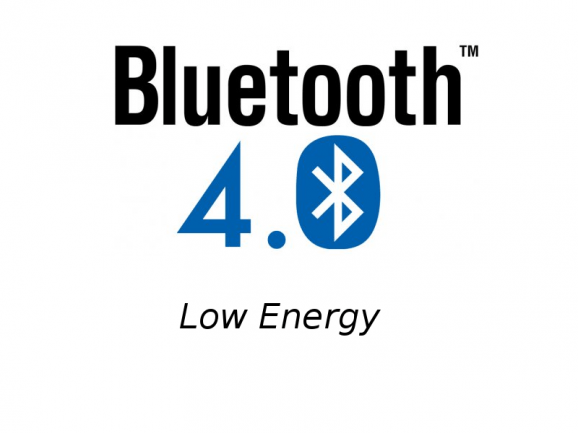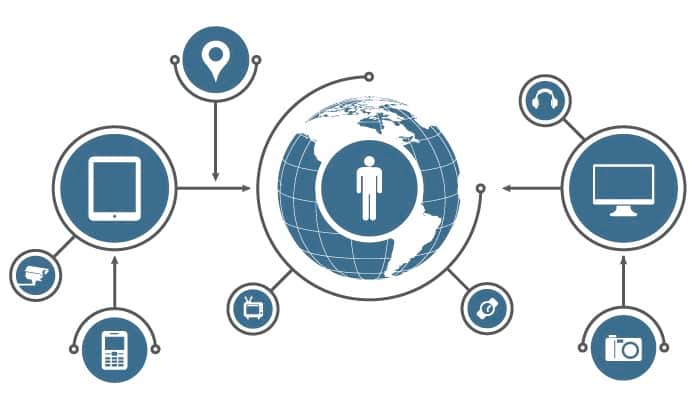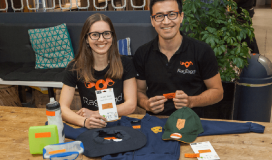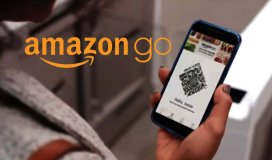Doctor house-call company Heal is leveraging Internet of Things (IoT) technology including Bluetooth Low Energy (BLE) to help doctors automatically access—and receive alerts based on—health-care data collected from patients in their homes. This year, the company will use the device to improve services for some of its own patients, but it plans to commercialize the solution for other health-care providers, or patients' families, as well.
The Wellbe is a plug-in device that employs 4G connections to transmit data to Heal's server. It comes with Bluetooth and BLE functionality to capture sensor data from any of 122 commercially available health-tracking devices, including blood-pressure monitors, temperature and blood sugar sensors, and trackers that indicate where a person is located. In that way, doctors can obtain a real-time view into a patient's health, without requiring any input from the patient and without being present.

Heal has been providing doctor house calls since 2015, and has thus far made approximately 40,000 house calls in California, Northern Virginia and the Washington D.C. area. It now averages 7,500 patient visits per month. The company was launched by CEO Nick Desai and his wife Renee Dua, a physician who now serves as the firm's chief medical officer. Desai, a technology entrepreneur, says he and his wife brainstormed the Heal solution following a grueling visit to an emergency room for one of their children. After spending hours at the hospital, only to be told their child would be fine, they decided there must be a better way for physicians to provide health care.
To that end, the couple developed an app which allows patients to easily request a doctor. The physicians have their own application through which they receive visit requests from patients, view patient records and navigate to their home. Patients make their usual insurance copayment, or pay $99 if they lack insurance. Visits include sick- and well-child exams, as well as services for the elderly or chronically ill who require more regular service. For that latter category, Heal developed the Wellbe to open communication between patients and their doctors—even if the latter are not present.
The Wellbe has a built-in Qualcomm Life 4G device and is designed to require no effort to install or maintain. Heal physicians can simply visit a patient, plug the Wellbe into an outlet and synch it with health-care devices. Some simply transmit data via a Bluetooth connection, such as a blood-pressure monitor. The patient can go about his or her usual routine, manually taking blood-pressure measurements or wearing the blood-pressure device—which, in turn, then forwards the results to the Wellbe. The Wellbe, whose unique ID number is linked to the patient's identity, transmits that data to the Heal server, where its software links the measurement with the patient's records.

The information is made available to physicians in the electronic health records that they already use for Heal house call visits, rather than requiring them to visit another site to access the data. The integration with electronic medical records is key, Desai says. "That's the only place physicians will want to go," he explains, to collect patient health data.
With regard to BLE, the most common application is preventing wandering incidents. Patients at risk of wandering, such as those suffering from dementia, wear a wristband that beacons at regular intervals. Physicians or family members can utilize the software to set parameters, such as identifying when a patient's wristband is no longer being detected, and the system can forward a text message alert to an authorized party to indicate that the patient may have left the area where he is expected to be.
BLE beacons could also be connected to such items as pill bottles, to identify when a bottle has been opened, or injectable medication. In that way, physicians can be provided with data indicating medications are being taken as prescribed.
A physician can also set parameters for other sensor data, such as fluctuations in blood-pressure or blood-sugar levels. If a pre-determined threshold is exceeded, the doctor receives a text message, and he or she can then begin a telemedicine session with the patient and let that person know what event has occurred and what the remedy may be. This may include increasing the dosage of a medication, or dispatching a doctor to the patient's home for an examination.



